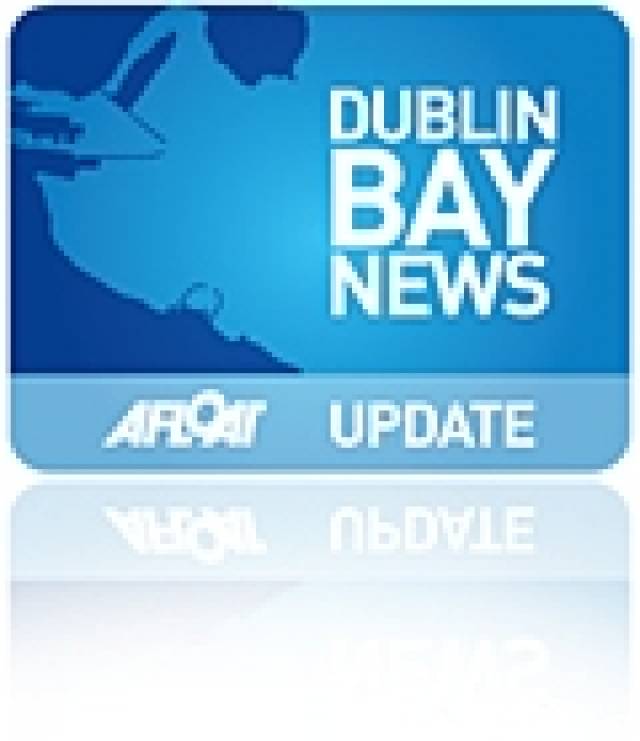#SHACKLETON – A new exhibition telling the remarkable story of Sir Ernest Shackleton's Imperial Trans-Antarctic expedition of 1914-1917, was officially launched by the Tánaiste Eamon Gilmore earlier this week, writes Jehan Ashmore.
Among those attending the launch of Shackleton Endurance Exhibition in the Dun Laoghaire Harbour Ferry Terminal, were the Hon. Alexandra Shackleton, the only grand-daughter of the Kildare-born explorer, ambassadors from the UK, Australia and Canada, officials from the Dun Laoghaire-Rathdown County Council and the Dun Laoghaire Harbour Company, in which the exhibition is an initiative within the harbour's masterplan.
The exhibition relives the Irish-born explorer's story and his 28 men, where the rescue mission from the abandoning of the exploration ship Endurance, in the "terrible beauty" of the White Continent, is only today, rightly seen as perhaps the most remarkable in exploration history which is told through wall texts, diary excerpts and photographs taken by the expedition's photographer Frank Hurley.
The story explores the shift to living from the ship and onto the pack ice, their daily life in the various camps, the treacherous weather and near-total darkness of the Antarctic winter, their isolation on Elephant Island and their final, triumphant rescue and return.
A full size exact replica of the James Caird, the lifeboat that proved so critical to the rescue mission is on display. Tells of bravery and miraculous survival of its crew and of their faith in their expedition leader, Shackleton is a survival story like no other.
An insight into those who lived through the horrors of the expedition is examined, and of the three Irishmen, Shackleton, Tom Crean from Kerry and Tim McCarthy from neighbouring Cork.
The exhibition was originally curated in the American Museum of Natural History, New York in 2000 and has since toured extensively in America, Ireland, Spain and the UK. The current exhibition is held in association with the Royal Geographical Society (and IBG). For further information visit www.shackletonexhibition.com

























